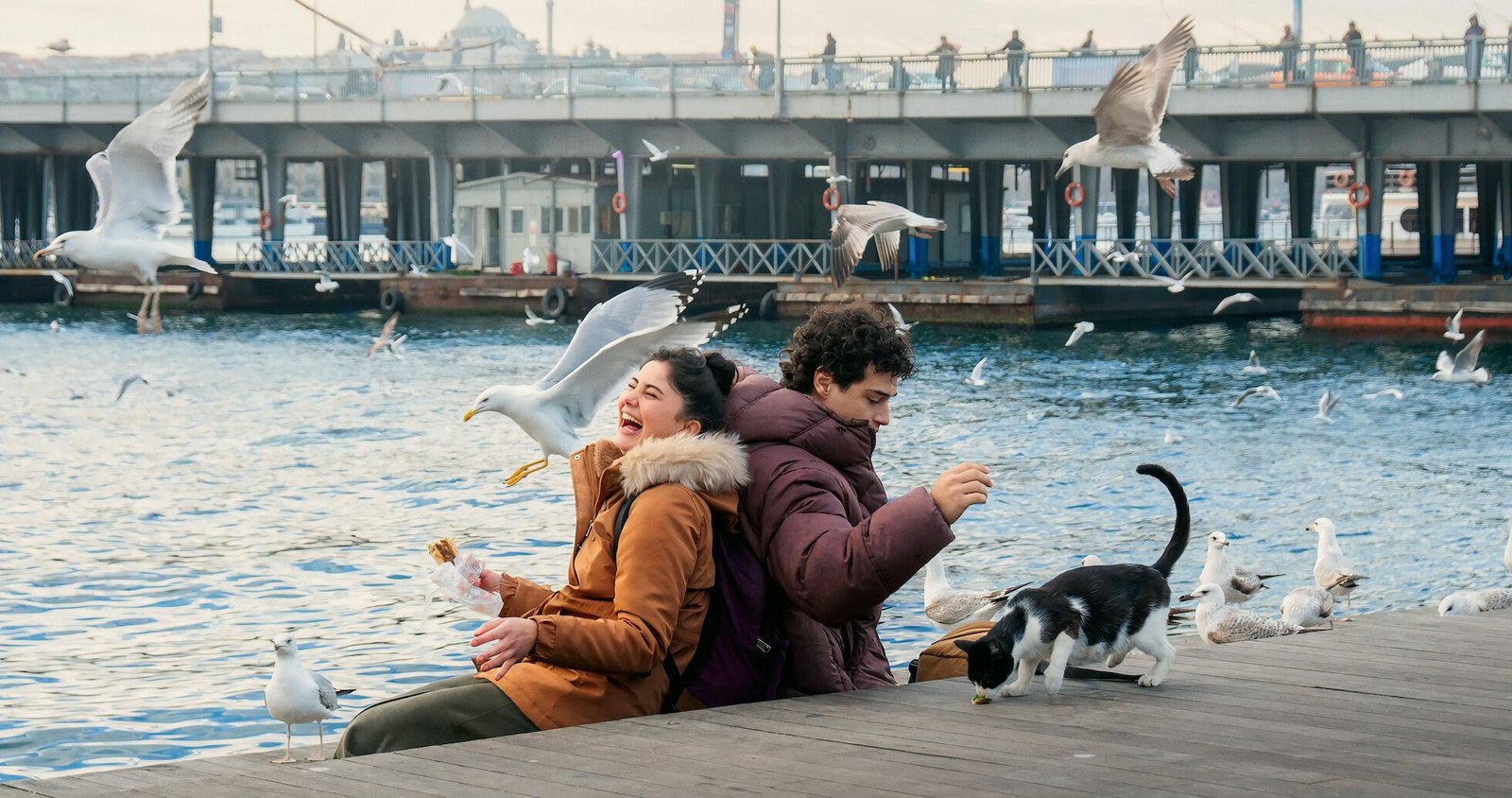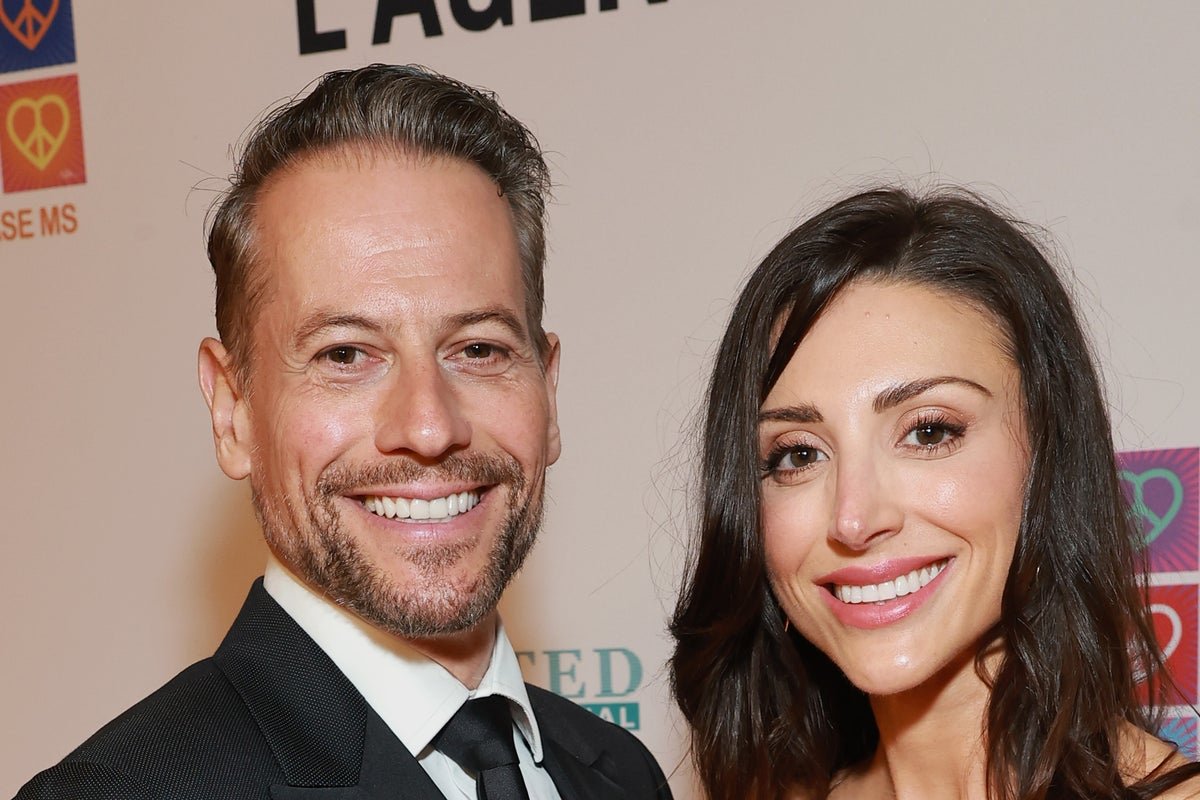PUBLISHED
June 15, 2025
KARACHI:
Trust the Turks to create a series that flaunts their history and heritage, their visually stunning cities and towns, their beautiful people, their devout faith, and of course their love and affiliation with cats. Istanbul Encyclopedia is a Turkish drama series created by Selman Nacar, a Turkish filmmaker and film producer, that contains all of these elements, and more. The story follows Zehra (Helin Kandemir), a student and Nesrin (Canan Ergüder), a mature woman who both attempt to reinvent themselves in Istanbul.
Twenty-year old Zehra, the daughter of Nesrin’s estranged close friend, has only just arrived in Istanbul but Nesrin, a cardiovascular surgeon lives here. Although they both belong to different generations, but on parallel and somewhat intertwined tracks, both women go through upheavals in life and transform them into different people. As Nacar takes us through their personal journeys, we feel their aspirations, and their quest for identity in the urban setting of modern-day Istanbul.
While the somewhat culture-shocked Zehra who arrives from smaller city Amasya aspires to settle in Istanbul, Nesrin because of her addicted sister, sick mother and creepy, controlling and manipulative boyfriend wants to leave Istanbul, and start afresh in France. The contrast in what they faced highlights the push and pull between tradition and what’s new, and the fundamental conflict between wanting to be included and the need to be liberated. It also explores relationships between generations and social classes, in an Istanbul that can break or mend you, as happens in the case of the two women.
It is awe-inspiring to see this beautifully filmed, unexpected, poetic production with complex characters whose lives echo the history and the architecture of Istanbul. Zehra is an architecture student and has been assigned a project to create her own encyclopedia of Istanbul about places she personally connects to.
In the chaotic, big city, Zehra gets confused about her identity. Back in Amasya, her mother wears hijab and enforces the same on Zehra, but in Istanbul, Zehra’s friends wear crop tops and belly-button jewelry. Because of her intelligence, looks and confidence, Zehra has no acceptance issues but inside her is a raging conflict about wearing hijab or not, would removing it make her any less devout in religion? Was she offending God? Did she need a piece of cloth to define her identity?
She always runs off at prayer time to offer her prayers but hides it from her friends, because she fears rejection from them. Her struggle to scratch off her nail colour before her ablution, her settling on a beanie as a midway between hijab and modernity, but being told that a beanie is not acceptable in photographs used for state documents, beautifully reflect her turmol and confusion about who she really is, needs to be and should be doing. She argues that a beanie too covers hair like a head scarf, but it only ends up irritating the photographer who warns her that her photos might be rejected. Zehra gets two sets done, one in a beanie, the other in a head scarf!
On the other hand, Nesrin who has built her life in Istanbul, feels suffocated here. Despite being a surgeon, Nesrin feels that something is lacking in her life. She wants peace of mind, she wants to evolve and grow as a person, which she feels is not impossible unless she severs ties with Istanbul.
And of course there is Deigo, Nesrin’s cat, an important catalyst in the storyline, who goes missing at a crucial point and being found at another crucial point provides timely twists of integral value to the story.
Helin Kandemir as Zehra is a treat to watch. Her wide-eyed innocence, hope-lit eyes and optimism of a young woman stepping into a bustling, unfamiliar city is as convincing as her sad, angry and defeated demeanour when she realises her challenges in the life that she wants to embrace. In the beginning, you may not like her, you think she is a liar and manipulative, because Canan Erguder in the character of Nesrin takes your sympathy instantly as she offers her home to Zehra. Erguder’s layered performance from cool, composed and subtle to someone who is emotionally imprisoned by the people in her life is impressive.
The series makes you wonder if it aims to promote a liberal lifestyle or the conservative, traditional one. Whether it favours one above the other might confuse you, but it overall, it does not take sides. The beauty of the series is that it explores two mindsets without condemning any particular one. Most of us will relate to the struggle, but the series is not over dramatic and doesn’t provide an answer to the conflict it addresses.
Does only a modest way of living make you feel closer to the higher power? Does someone who wears hijab and follows a modern lifestyle have a dual personality? Zehra is always stuck between two opposite things, unable to choose between the two.
At the end of it all, the series establishes that whether a woman wears modest clothing and prays five times a day or not, is completely her choice, and she must not be subjected to any judgement, scrutiny and social ostracisation even if she decides to distance herself from a traditional lifestyle and explore a liberal way of living. Every person has their own identity which is dependent on social conditioning.
The bond that both main characters nurture is complex and beautifully portrayed. For those who wish to explore or revisit Istanbul street by street, and recapture the city’s vibe and historical flavour, the series is an absolute must-watch. Each episode features a place in Istanbul which is a fabulously executed idea by Nacar. Almost any city can be related to in the same way. Would be a dream to see, Karachi, Peshawar or Lahore in the same way as Nacar approached Istanbul. For instance, the first episode opens with a description of Alcakdam Slope — a steep, gully-like street at a fire site, with half-stone, half-dirt steps, soon to be a stairway.
The second episode opens with a description of Bezm-i Alem Valide Sultan Mosque, between Kabatas and Besiktas, opposite a large country gate, by the clock tower of Dolmabahçe Palace, called so because of its location. The third episode takes you to Carsanba Street in the Kocadede neighbourhood of Karagumruk, lined with wooden and concrete houses, curving between Mustekimzade and Valde Madrasah streets.
The story later weaves into the plot, the Deniz Hospital — formerly Sakizagaci and Kasimpasa Naval Hospitals, now Istanbul Naval Hospital — a proud institution of Turkey and its army. Another episode features the Emek Movie Theatre— Emek Cinema which opened in 1958, at Istiklal Avenue and Yesilcam Street. Built in 1957 on the old Emek cinema site.
At a point in the series, when you are truly immersed in the dramatic upheavals, the episode features Fener, Rocks, and Lighthouses showing dangerous rocks, straits, harbours, and capes from miles away during night-time to prevent dangers. It was used in battles with fire in the past. How could the series flaunting Istanbul miss out Galata, its dock’s shanties, theatres, and taverns representing the contrast in the lives of the characters with the contrast in the beautiful views from the docks and the dirty shanties alongside.
On the day of Nesrin’s departure to France, Zehra bids farewell to Nesrin at the airport and on her way back, as she weeps, feels lost, broken and is quite disgusted with herself for not having an identity, suddenly, the lighthouse lights up — as a sign for Zehra to realise she’s in Istanbul to discover life, not mourn it.
There is an inherent connection between growing up and moving to a bigger city that I can relate to from the time, I taught at a private university in Karachi, where several students of mine were girls who had chosen the big, bad Karachi to pursue education, over their humble smaller towns in Sindh. They dreamt big, and were ambitious and were ready to take on new challenges and peer pressure, and run up the ladder two steps at a time, battling culture shock at the same time.
Initially, they would hide, hesitate, stammer, dress weirdly and look nervous and anxious. But they didn’t pause their struggle and it didn’t take them long to confront their difficulties and conquer them. Over time, I would see most of the students, both young men and women bloom in appearance and personality, become confident, do well in studies and find friends as well as jobs as they adapt to the metropolis of Karachi.
Nacar’s series that resonates with any big city and the people there explores the modern-day society through the journeys of women, their societal and cultural expectations and prescriptions, culture shock, identity crisis and complex relationships, along with the potential of social media to create and destroy and what it means to practice or not practice a religion, using the elements of romance, music, drama, a medical emergency to shake up things, all ingredients that make a series work.
The ending suggests a hint at another season as Zehra’s mother is shocked at Zehra’s appearance, her hair short like Nesrin’s. Who knows what’s going on in Selman Nacar’s amazing mind!
#headscarves #hair #search



